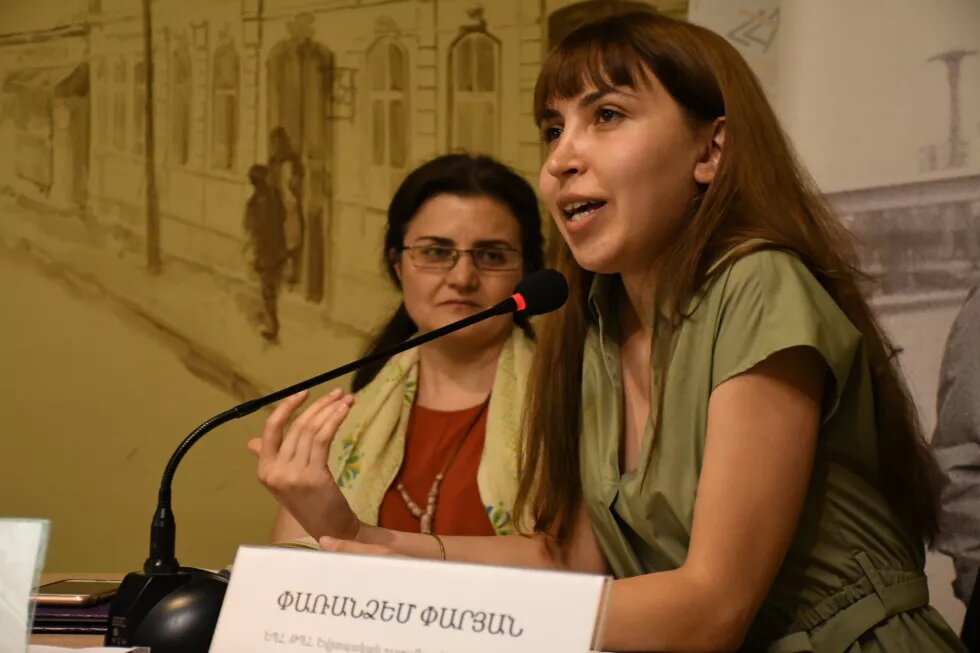At the end of the 1980s, the Armenian Communist Party had to adapt to a new political environment in the country, one which was conditioned by Gorbachev’s policy of democratization and Glasnost on the one hand, and the 1988 National movement on the other. This paper discusses the structural and ideological transformations of the Communist party’s official newspaper Soviet Armenia and follows a case-study approach based on the oral history interview. It also utilizes data drawn from the publications of Soviet Armenia newspaper and the currently declassified archive of the Communist party, to discuss the censorship, personnel policy and functions of the party’s newspaper. The investigation of the organizations affiliated with the Communist party in this transitional period can enhance our understanding of the causes of the later post-Soviet developments of the party. The party’s most vivid transformation in response to the changing environment was the “restructuring” of the party with a new personnel policy. In a less controlled environment, the new editor-in-chief tried to find new ways to reflect the issues of current interest. However, the party’s “invented” reality and the real demands were mutually incompatible. As such, the bottom-up initiative was limited by the party’s immutable system.

1988-1989 was a turning point for the Communist Party of Armenia. The deepening crisis of socialism, newly introduced policies of Democratization and Glasnost1 on one hand, and the unfolding National Movement2, on the other hand, had created a new political reality, to which the party had to adapt. The various adaptation pathways taken by Communist parties during the transitional period yielded a wide range of results in the post-socialist space. In some Eastern European countries – in Hungary for example, the Communist party was able to redesign itself and become one of the main players in the new political system. In other countries, such as in the Russian Federation, the successor Communist party was able to successfully function for a decade by framing itself as an opposition party. Later, however, parallel to the establishment of a more authoritarian regime, the party became a shadow of the new power and lost its political independence. In the newly independent republic of Armenia, the Communist Party took another path: it was only able to secure its presence in the first two parliamentary sessions; later it was pushed out of the political arena altogether. Thus, being the most experienced political power at the start of independence, with its manpower and financial capital, the Communist Party was unable to adapt and actually exhausted its role as a political party. In this regard, the study of the Communist party and its organizations during the transitional period is interesting, as it can provide a better understanding of the underlying causes of the later developments. This paper examines the transformations of the Armenian Communist party’s official newspaper Soviet Armenia in the context of the ongoing political changes of 1989. The study of the official newspaper is of interest because, as other organizations became affiliated with the Communist party, it was the mini-model of the party by its hierarchical structure. Moreover, the newspaper was one of the main channels for forming and distributing official discourse. Thus, analyses of Soviet Armenia also provide us an opportunity to view the transformation of narratives in the official discourse. By focusing on the official newspaper of the Communist party, this paper attempts to discuss the structural and ideological transformations of the organizations affiliated with the party in the new realities.
